Best Old House Neighborhoods 2010: History Happened Here
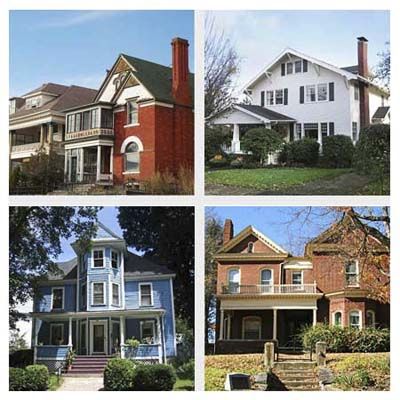
For our third annual Best Places to Buy an Old House contest, what we looked for was simple: oft-overlooked neighborhoods populated by people who share an appreciation of finely crafted homes that have plenty of past and lots of future. And what we found—with the aid of our friends at PreservationDirectory.com, who helped us contact thousands of neighborhood groups, real estate agents, residents, and preservationists for nominations—was mighty impressive.
These 10 spots can lay claim to some pretty nifty pasts—from Civil War battles to Saloon-style shoot outs—guaranteed to keep the History Channel set enthralled.
Quaker Hill, Wilmington, Delaware
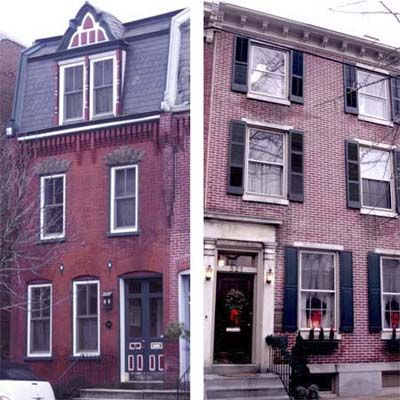
Quaker Hill, a charming, landmarked historic neighborhood and one of Wilmington’s first, has the same type of colonial-era and Federal rowhouses found in nearby Philadelphia, but at far lower prices. The neighborhood dates to 1738, when Quaker couple William and Elizabeth Shipley came here to build a home, and other Quakers followed. These days, Quaker Hill is attracting young homeowners who are restoring its 18th- and 19th-century houses, many embellished with Victorian-era details.
The Houses
The oldest house was built in 1742, but most of the area’s homes were constructed between 1830 and 1870. While Quaker Hill is known for its brick Federal and Greek Revival rowhouses, there are also many Georgian, Gothic Revival, Italianate, Colonial Revival, and other Victorian-era styles. Today, the district retains its diverse architectural character, in part to its designation as a Historic District by the National Register of Historic Places. House prices vary depending on size, age, and condition, but a completely renovated historic home can be had for less than $200,000.
Why Buy Now?
After a long decline in the 1960s and ’70s, Wilmington is on the rise. While development along the adjacent Christina River has been slow, it does have a minor-league baseball park, as well as a performing arts center and several upscale restaurants. The neighborhood is also within walking distance of downtown. Despite the bad economy, prices here have stabilized in recent years, though property values might soon increase, thanks to ongoing downtown revitalization efforts.
Among the best for: Bargains, City Life, Easy Commute, Fixer-Uppers, History Happened Here, Northeast, Walkability
The West Side, Pocatello, Idaho
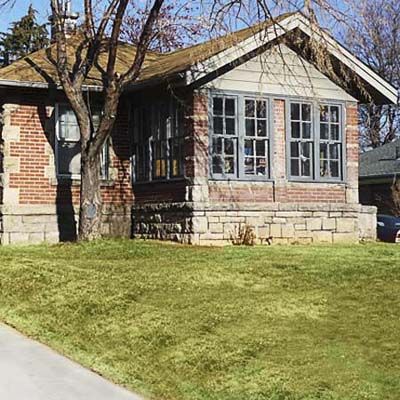
Since the mid-1990s, “the West side of Pokey,” as locals call it, has transformed itself from beat-down to bohemian. Young, forward-thinking couples are moving here to raise families, and young business owners are opening bookstores, brewpubs, and bike shops catering to those looking for a cool, creative lifestyle far, far away from big cities, like New York or San Francisco. The West Side is also luring outdoorsy types, who love the area’s skiing, hiking, hunting, and fishing, and retirees looking for a stimulating college town to live in. (Pocatello is home to Idaho State.) The West Side got its start in the late 1800s as home to hundreds of working-class employees of the Union Pacific Railroad. As the town grew and businesses started moving in, many of Pocatello’s more affluent families started coming here, building large, luxurious Queen Anne mansions.
The Houses
Most date from the 1920s and 1930s. Despite the growing popularity of the neighborhood, West Side real estate prices remain affordable, hovering just above the $150,000 mark, but at press time we found a 2,100-square-foot, five-bedroom 1920s house for just $109,900.
Why Buy Now?
Investment in the West Side has been steady since the mid-1990s, when urban pioneers began restoring its old houses and commercial buildings. The economy in Pocatello is surviving the downturn thanks to stalwart employers, such as Idaho State and the medical and semiconductor industries.
Among the best for: Bargains, College Towns, Families, History Happened Here, Retirees, Small Town, West and Northwest
Harrodsburg, Kentucky
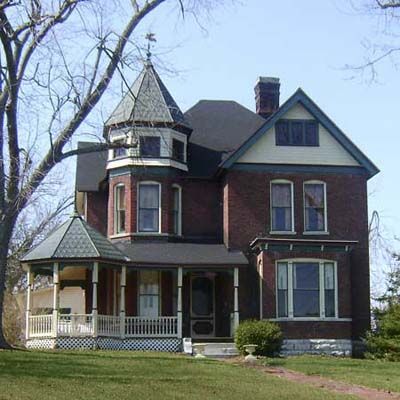
Founded in 1774 as the first permanent English settlement west of the Allegheny Mountains, Harrodsburg is the kind of place most people think of when they imagine Kentucky. Located about 45 minutes from Lexington, the town is surrounded by rolling countryside, with scattered hand-laid stone walls and prestigious horse farms. Recent facade improvement grants have allowed a sprucing up of the downtown’s turn-of-the-century commercial buildings, which are being offered up to anyone willing to do something interesting with them (a coffee shop and art gallery are in the works). Those with a love for the outdoors will find plenty of hiking and biking trails, as well as top-notch fishing at nearby Herrington Lake.
The Houses
The most expensive and sought-after homes are Greek Revivals, which sell from $250,000 to $375,000. A Colonial Revival or Queen Anne can be had starting at around $125,000, while Craftsman homes start at just $45,000. Many of the older homes are located in town, though there are plenty of historic farmhouses to be found on the outskirts.
Why Buy Now?
This is an ideal location for anyone looking to escape the headaches of city life and settle down in a quiet, Mayberry-like small town on the verge of a renaissance. After decades spent as an agricultural community, Harrodsburg wants to rebrand itself as a progressive small town by offering up new arts and literary festivals.
Among the best for: Bargains, Fixer-Uppers, Gardening, History Happened Here, Retirees, Small Town, South, Victorians
Holly Springs, Mississippi
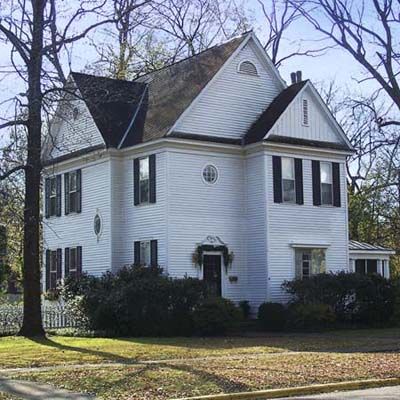
When it comes to Southern charm, the north Mississippi town of Holly Springs—population just 7,900—has it all: antebellum homes with wraparound porches, tree-lined streets, Dixie-centric film shoots (including Cookie’s Fortune), a literary touchstone (Jan Karon’s Mitford novel series), and lots and lots of history. The town played reluctant host to General Grant during the Civil War, and it’s also where Civil Rights leader Ida B. Wells, an alum of the town’s historic Rust College, began her efforts to end lynching in the South. City life awaits about 35 miles northwest in Memphis, Tennessee, while more rural activities, such as fishing, hiking, and hunting, are just outside town. And if that builds an appetite, chow down at Phillips Grocery, which, according to USA Today, serves up one of the world’s greatest burgers.
The Houses
Once called an “encyclopedia of antebellum houses” by The New York Times, Holly Springs’ residential architecture runs the gamut from Greek Revival to Gothic Revival and Queen Anne to Italianate. While many houses were destroyed during the Civil War, 60 pre-war examples survive. Homes start around $120,000 for a large brick 1930s Craftsman on a corner lot, while some of the town’s columned antebellum mansions can be had for about $600,000.
Why Buy Now?
Holly Springs isn’t necessarily a booming economic town, but there are plenty of jobs in nearby Memphis, so many looking for affordable old homes that are worth the sweat equity are settling here. The town is also becoming a popular alternative to Oxford, just a half hour south, where rising prices—and, many would say, too many newcomers—are spoiling its small-college-town vibe.
Among the best for: Bargains, College Towns, Easy Commute, Fixer-Uppers, Gardening, History Happened Here, Retirees, South, Victorians
Uptown, Butte, Montana
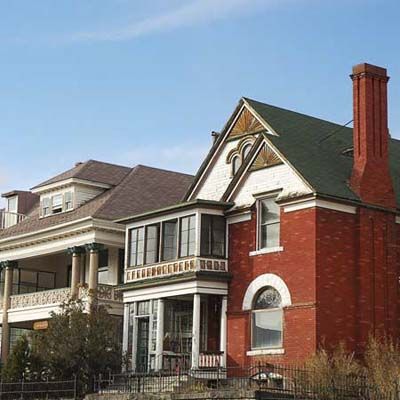
Back in its copper mining heyday, Butte’s population peaked at 100,000, with pioneers migrating by the droves, hoping to lay claim to the region’s abundant material riches. Rimmed by the Rocky Mountains and nestled on the Continental Divide—within a 2-hour’s drive of Yellowstone National Park—the Butte of today is smaller and geared more toward a festival-and-tourism-based economy. But it retains the ethnic diversity of its original settlers and their architectural tastes; you’ll find hundreds of historic homes in a range of sizes and styles.
The Houses
The local architecture catalogs two building booms that took place in the 1880s and 1910s to accommodate the influx of miners. Tiny cottages and simple shotguns mingle with grand Greek Revival, Queen Anne, and Italianate mansions. The average price of homes here is $116,000, though fixer-uppers can be found for substantially less.
Why Buy Now?
If you’re looking to buy and renovate an old home, you won’t be tackling it alone. The Butte Citizens for Preservation and Renovation, a nonprofit, grass-roots organization, runs workshops on brick, window, and interior-wood repair and holds regular salvage sales, where historic building materials can be purchased at reasonable prices.
Among the best for: Bargains, Cottages and Bungalows, Fixer-Uppers, History Happened Here, Midwest, Victorians
North End, Nashua, New Hampshire
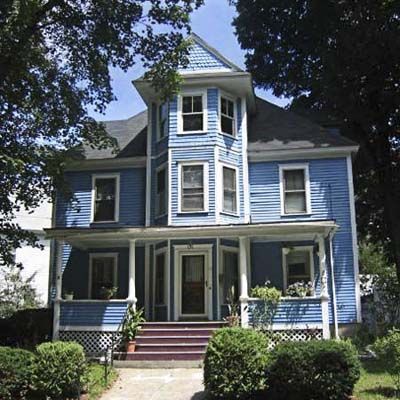
Nashua was originally planned as a manufacturing township by famed American architect Asher Benjamin back in 1823. Today the city, 36 miles north of Boston, has outgrown its original grid footprint and traded its textiles for the tech industry. But the North End’s beautiful old homes and large, overgrown maples are the real draw for those tiring of the bustle of Boston’s bedroom communities. Still, Nashua is no sleepy New England town, especially for those at home in the great outdoors. The North End borders Greely Park, a place for summer picnicking and evening concerts, and is close to the Nashua River Rail Trail, a newly expanded, 17-mile-long waterfront bike route that takes riders across the Massachusetts border.
The Houses
Prices for the North End’s elegant estates have followed suit with the rest of the real estate market. Classic Colonial Revivals and ornate Queen Annes from the late 19th and early 20th centuries, once listed in the millions, now start around $300,000.
Why Buy Now?
After years of passing their property down through the family, longtime residents looking to downsize are finally putting their big, beautiful North End homes on the market. If Boston is your work center, you’ll get more bang for your buck by buying in southern New Hampshire than in Massachusetts. And with the money you save, you’ll have a nice nest egg for renovations.
Among the best for: Families, First-Time Buyers, Fixer-Uppers, History Happened Here, Northeast, Victorians, Waterfront
The McLoughlin Neighborhood, Oregon City, Oregon
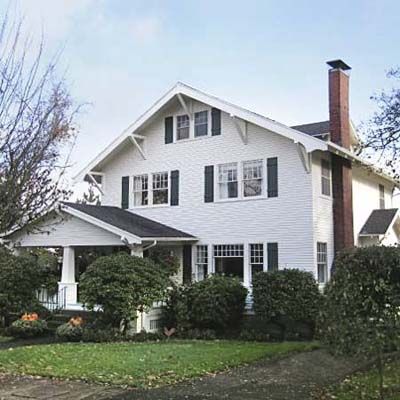
Oregon City was the final terminus of the Oregon Trail; in the mid-1800s, thousands of pioneers ended up here searching for farmland, business opportunities, or simply a fresh start. And many of those who succeeded wound up building houses, creating a neighborhood that managed to dodge the economic ups and downs of the last century. This cluster of fine homes is set on a cliff overlooking the Willamette River and punctuated by church steeples.
The Houses
Development here was haphazard. So while there are clumps of similarly styled houses, you’re more likely to find a Queen Anne next door to a bungalow next door to a 1950s ranch. Prices range from $150,000 to $200,000 for a 3-bedroom Victorian-era cottage or a bungalow to $250,000 to $350,000 for a large, restored Queen Anne.
Why Buy Now?
No matter what you’re looking for—whether it’s a starter home or a fully restored 3,000-square-foot manse—you can find it here. Prices are substantially lower than they are in Portland, which is just 25 minutes away.
Among the best for: Bargains, City Life, Families, First-Time Buyers, Retirees, Waterfront, West and Northwest
Northwest Quadrant, Beaufort, South Carolina
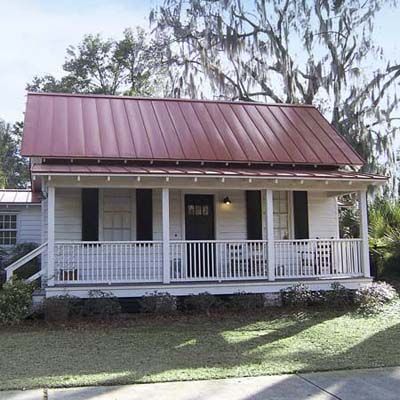
If you want to get in on the ground floor of a major downtown neighborhood revitalization, hit up Northwest Quadrant. Once a thriving black middle-class neighborhood, the area—now half white, half African-American—fell on some hard times in the 1970s. But the city and its preservation-minded mayor are determined to breathe new life into it by working with residents to edge sidewalks, clear vacant lots, and push people to buy, restore, and love a house here.
The Houses
They are modest one- and two-story shotgun-style homes, or “hall-and-parlor cottages,” as they call them here. Most are close to the street and were built with timber frames, wood siding, and tin roofs. Prices start at $100,000 and top out at $150,000.
Why Buy Now?
This is a great opportunity to live in one of the prettiest waterfront cities in the South. Beaufort is working with the Historic Beaufort Foundation to come up with a master plan for revitalizing the area that will include restoration guidelines and financial incentives. The Quadrant’s downtown location means it’s within walking distance of restaurants and shops. “These houses are the future of Beaufort,” says Evan R. Thompson, the foundation’s executive director.
Among the best for: Bargains, City Life, Cottages and Bungalows, First-Time Buyers, Fixer-Uppers, Gardening, History Happened Here, South, Walkability, Waterfront
Solar Hill Historic District, Bristol, Virginia
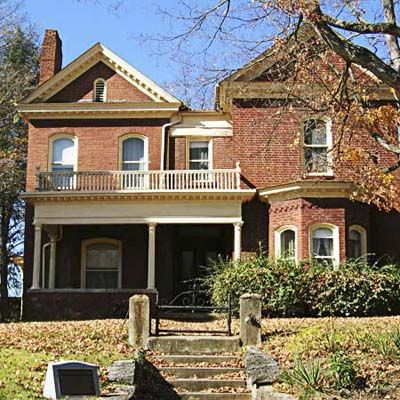
Bristol is a city with an identity crisis. Half of it is in Virginia, the other in Tennessee, with the border running down the middle of its main street. But Solar Hill—entirely on the Virginia side—has a distinct personality. Long before 1869, when the observatory for which the neighborhood is named was built, Solar Hill was a stagecoach crossroads. Prominent travelers, including future presidents Andrew Jackson and Andrew Johnson, made overnight stops. The area has a nice view of downtown, and tons of big, beautiful old houses, whose preservation has become a top priority. The town has newly renovated sidewalks, street lamps, and historic markers that make for easy walking tours.
The Houses
Solar Hill has houses dating to the early 1800s and 1900s. Styles include Federal, Neoclassical, Queen Anne, Italianate, Colonial Revival, Tudor, and Craftsman, priced between $80,000 and $200,000.
Why Buy Now?
Although the district is listed on the state and national historic registers, there are no zoning ordinances affecting property improvement. Bristol is also a great place for music lovers. In 1998 the United States Congress officially recognized it as the “Birthplace of Country Music,” where Ralph Peer began recording country musicians, including the Carter Family, for Victor Records in 1927. Bristol is now home to dozens of music venues that attract artists of local and national scale.
Among the best for: Bargains, Fixer-Uppers, History Happened Here, Small Town, Victorians, Walkability, West and Northwest
Harpers Ferry, West Virginia

Only 309 people can call the small town of Harpers Ferry home. But more than half a million visitors stop by each year to see the site of the United States Amory and Arsenal, which John Brown raided in 1859 in a failed attempt to end slavery. Situated at the scenic intersection of the Shenandoah and Potomac Rivers, Harpers Ferry now has a national park built around the historic site. The downtown has old-timey shops and restaurants and a housing stock that looks as attractive as it did in the 19th century, thanks to the Harpers Ferry Historic Town Foundation.
The Houses
Thanks to limited building lots, subdivision development never took place here. But as the population ages and downsizes, it is easier to find 18th-, 19th-, and early-20th-century houses starting around $150,000. Some of the earliest structures were destroyed during the Civil War, but there are Federal houses from the 1830s still standing in “Upper Town,” alongside Queen Annes from the late 1800s.
Why Buy Now?
There’s a push for preservation in Harpers Ferry, and the West Virginia government is willing to help bear some of the financial burden of rehabilitation. A 20 percent state tax credit is available for money spent on remodeling a personal residence, and the state has a grant program for project funding as well.
Among the best for: Bargains, Families, History Happened Here, Small Town, South, Walkability, Waterfront